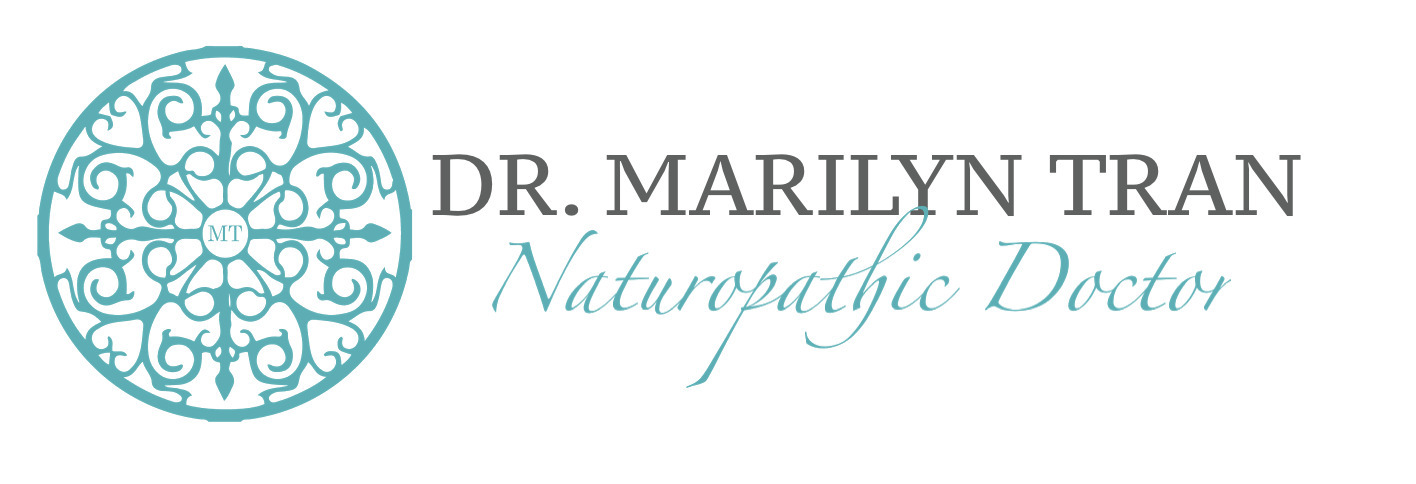A cornerstone on my own healing journey
My introduction into mindfulness unfolded during my third-year university class in Positive Psychology. It all began with my professor sharing his meditation journey. It was impactful, but he also cautioned us about the powerful emotions and memories it might unearth. Intrigued, I thought to myself that this was something I wanted to explore.
Growing up as the sole student of Asian descent in my classes up until high school, I often grappled with loneliness. Not wanting to burden others with my unique challenges, I internalized my struggles, especially finding it impossible to open up to my parents. My coping mechanism was retreating to my bedroom, silently shedding tears, concealing my pain from the world. This silent suffering became my default response to anger and frustration.
The turning point arrived in my final year of as a student of Naturopathic medicine when I confronted the realization that many chronic physical ailments traced back to underlying mental or emotional roots. It became clear to me that addressing physiological imbalances alone wasn’t sufficient. To guide my patients effectively, I needed to navigate and resolve my own emotional baggage first.
Embarking on this journey, I explored various avenues—books, counseling, and meditating on my own. In 2015, after completing my board exams, fate led me to a Facebook post promoting a meditation retreat named Viet Wake Up, led by monks and nuns following Zen master Thích Nhất Hạnh, a Vietnamese global spiritual leader, poet and peace activist, known as the “father of mindfulness” for his major influence on Western practices of Buddhism. The retreat’s focus on teaching mindfulness and meditation to Vietnamese youth resonated with me, and I immediately signed up.

The Way Out Is In, a mindfulness retreat
The retreat’s theme, “The way out is in,” encapsulated the essence of mindfulness—attuning to the present moment, observing without judgment, and accepting our feelings, thoughts and bodily sensations. It’s about freedom from the shackles of past regrets and future anxieties, inviting us to slow down and create space for self-awareness.
As warned by my professor, the meditation retreat stirred a whirlwind of emotions, old wounds, and fears. I cried during a small circle sharing, I cried during my intimate talk with one of the monastic nuns, and I cried during our morning group meditation on the final day.
The cathartic release was necessary—an exorcism of buried energies that, if left unattended, could resurface during future challenges or manifest as physical ailments.
In a world marked by stress and relentless busyness, the retreat served as a catalyst for my transformation. It shifted me from a realm of anger, fear, and loneliness toward groundedness, openness, and connection. I gained the insight that I am more than my body and mind, and a path to freedom exists.
This transformative experience has become a cornerstone of my life. I hold the belief that walking the path of mindfulness is among life’s most worthwhile aspirations. The unwavering support and love I’ve received have humbled me. As a healthcare professional, my intention is to integrate these teachings into my practice, offering profound support to my patients on their own journeys.


